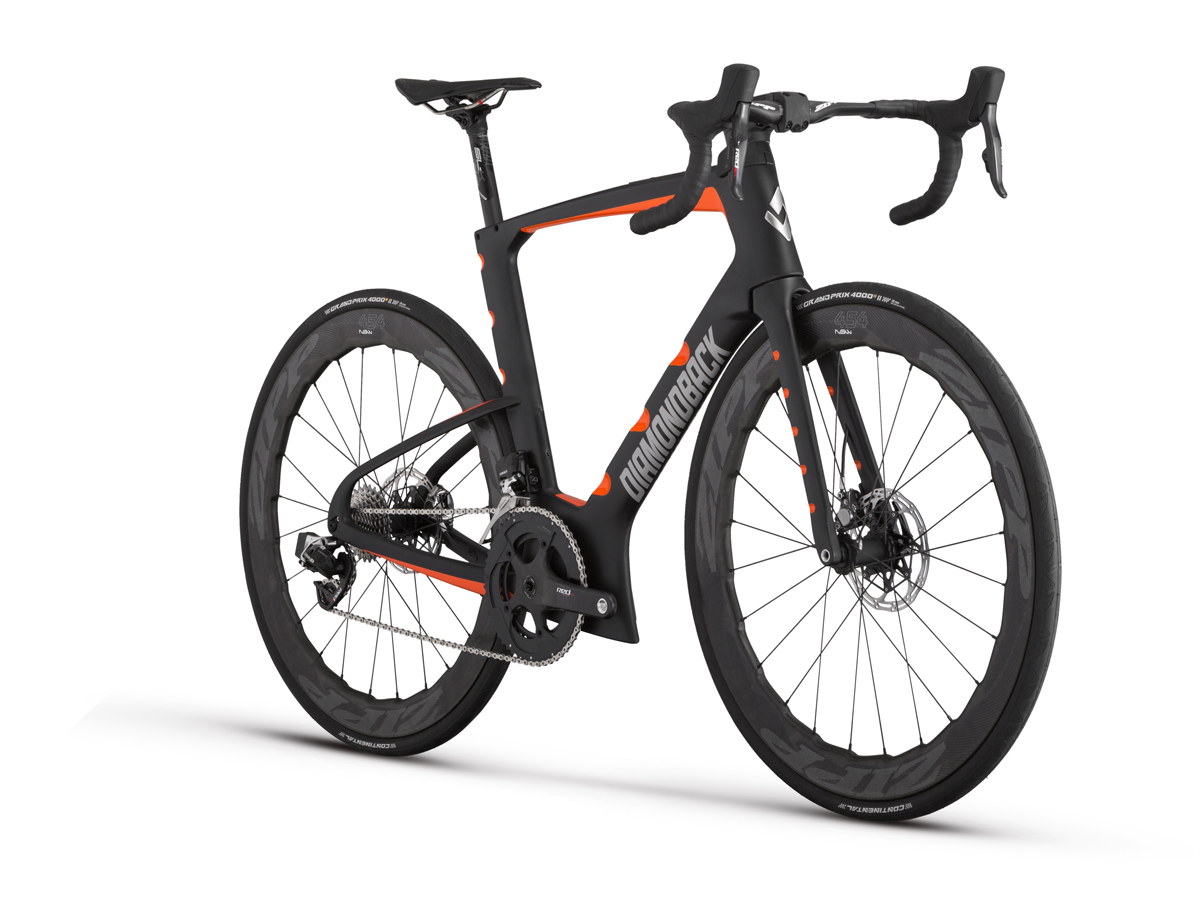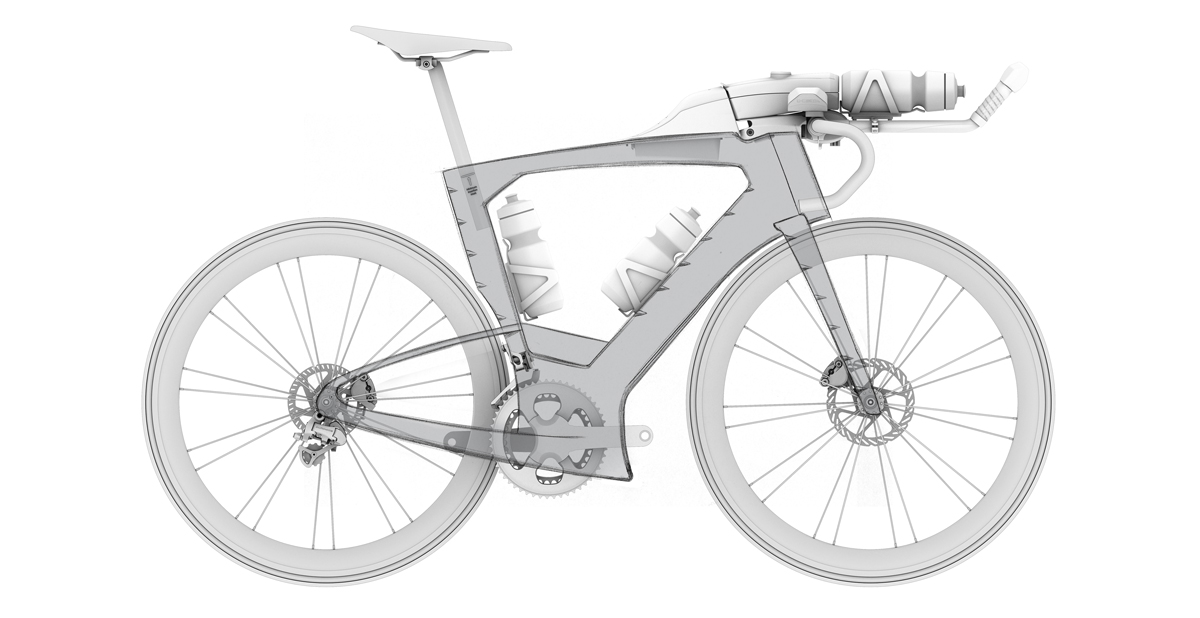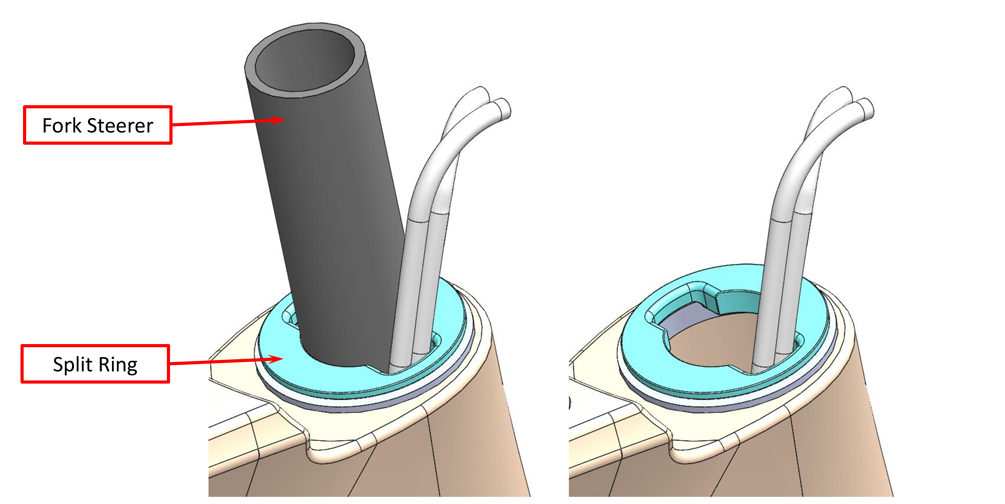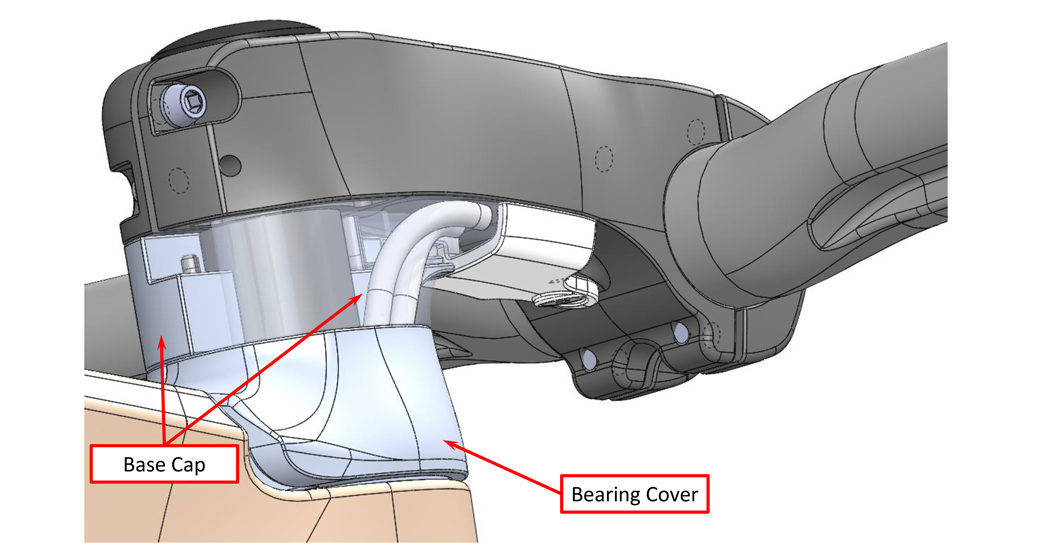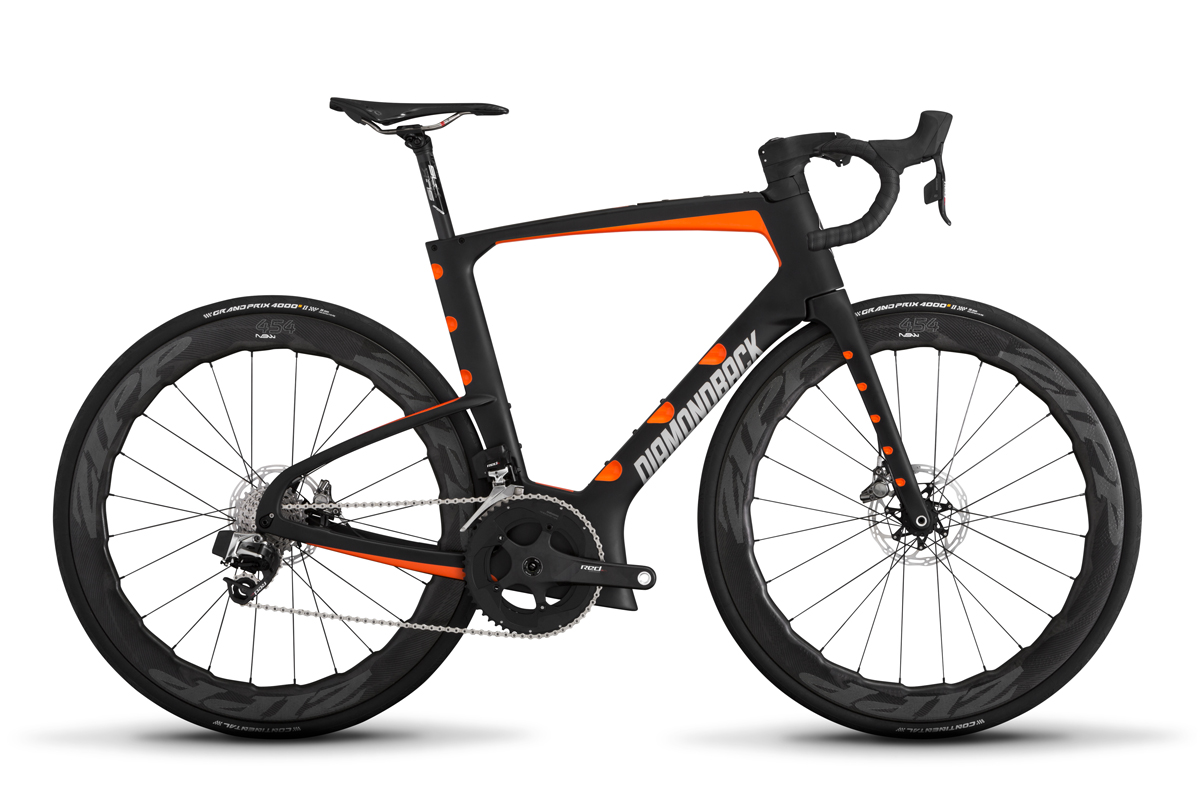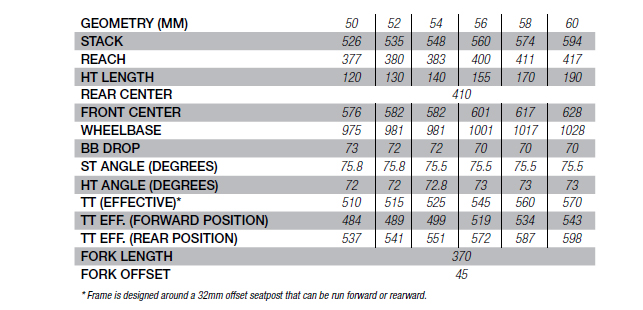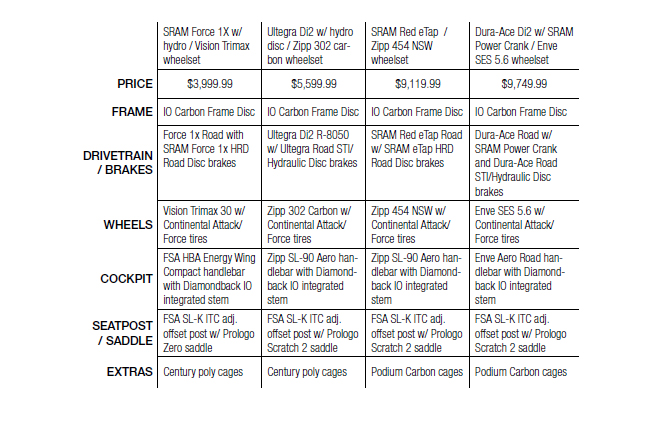Considering the wild design of their Andean super bike, it’s not surprising that Diamondback has applied some of that same tech to the dropbar world. Citing a need for a more aerodynamic bike than their Podium series for triathletes to self supported ultra endurance racers, their team again partnered with Kevin Quan Studios to tackle the IO.
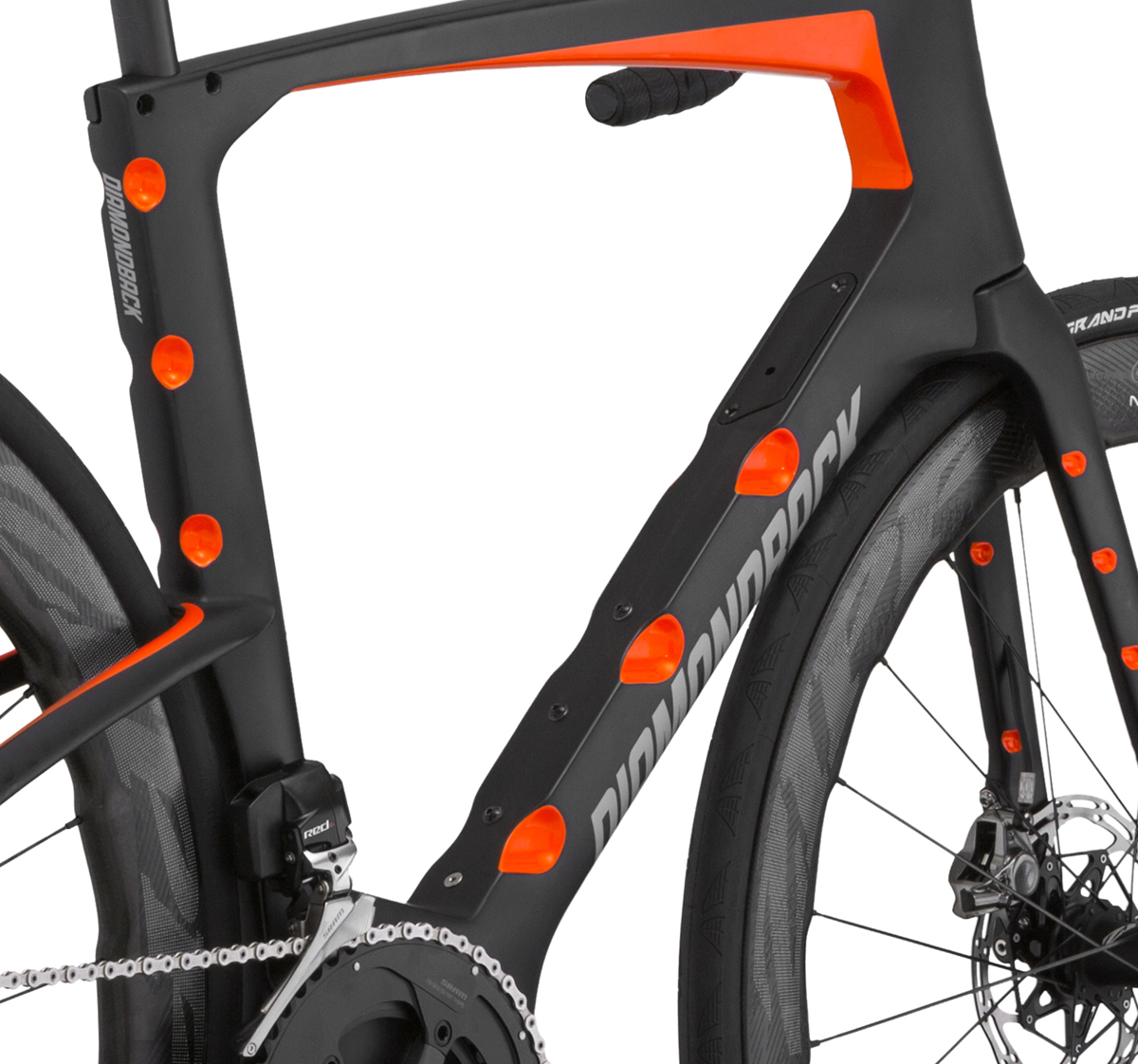
One of the most noticeable features on the IO (thanks to the polka dot paint scheme) is what Diamondback is calling their vortex generators. Looking for a way to improve ont he classic truncated airfoil design, Diamondback enlisted the help of Dr. Phillipe Lavole of the University of Toronto Institute for Aerospace Studies. Pulling from research they conducted on the aerodynamics of helicopter and wind turbine blades, the design works by changing the way that the air leaves the truncated airfoil. Calling it their Wake Control System, the depressions are found on the back of the fork legs and the down tube and seat tube, and are said to create little pockets of counter-rotating turbulent flow which interfere with the natural airflow off the frame to reduce turbulent wake from the bike.
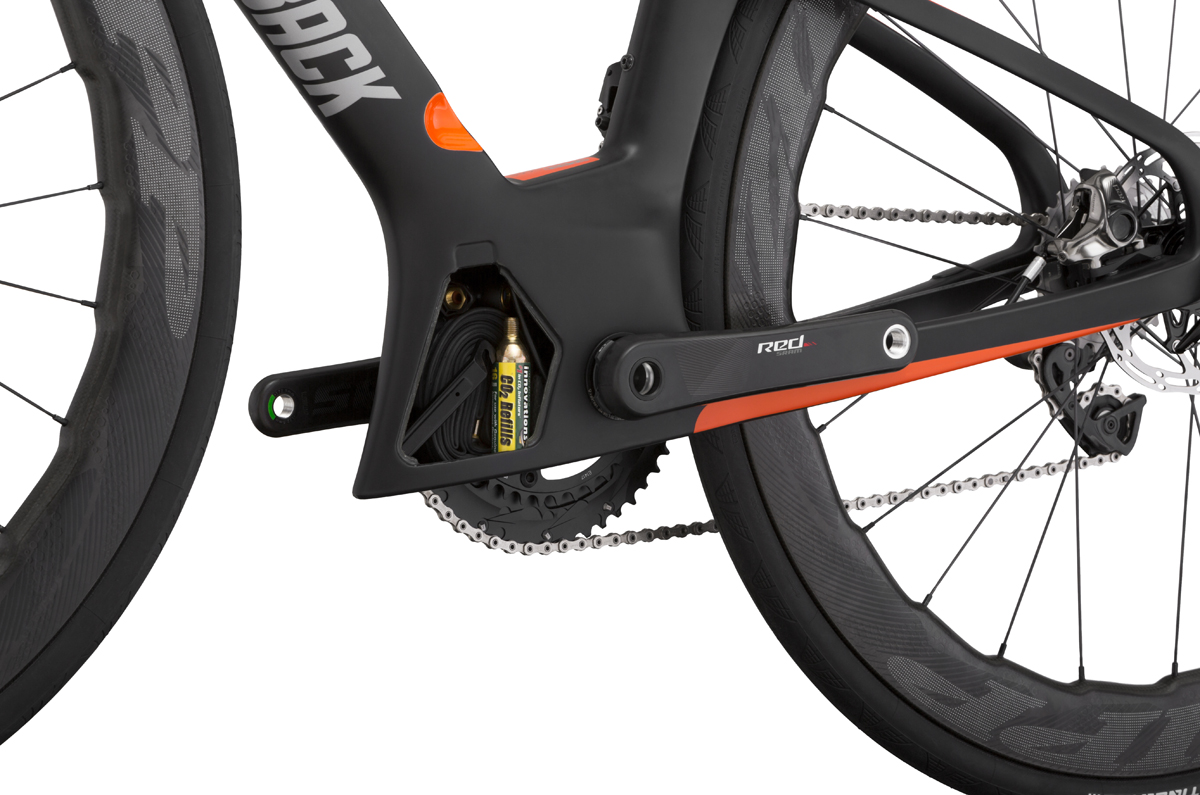
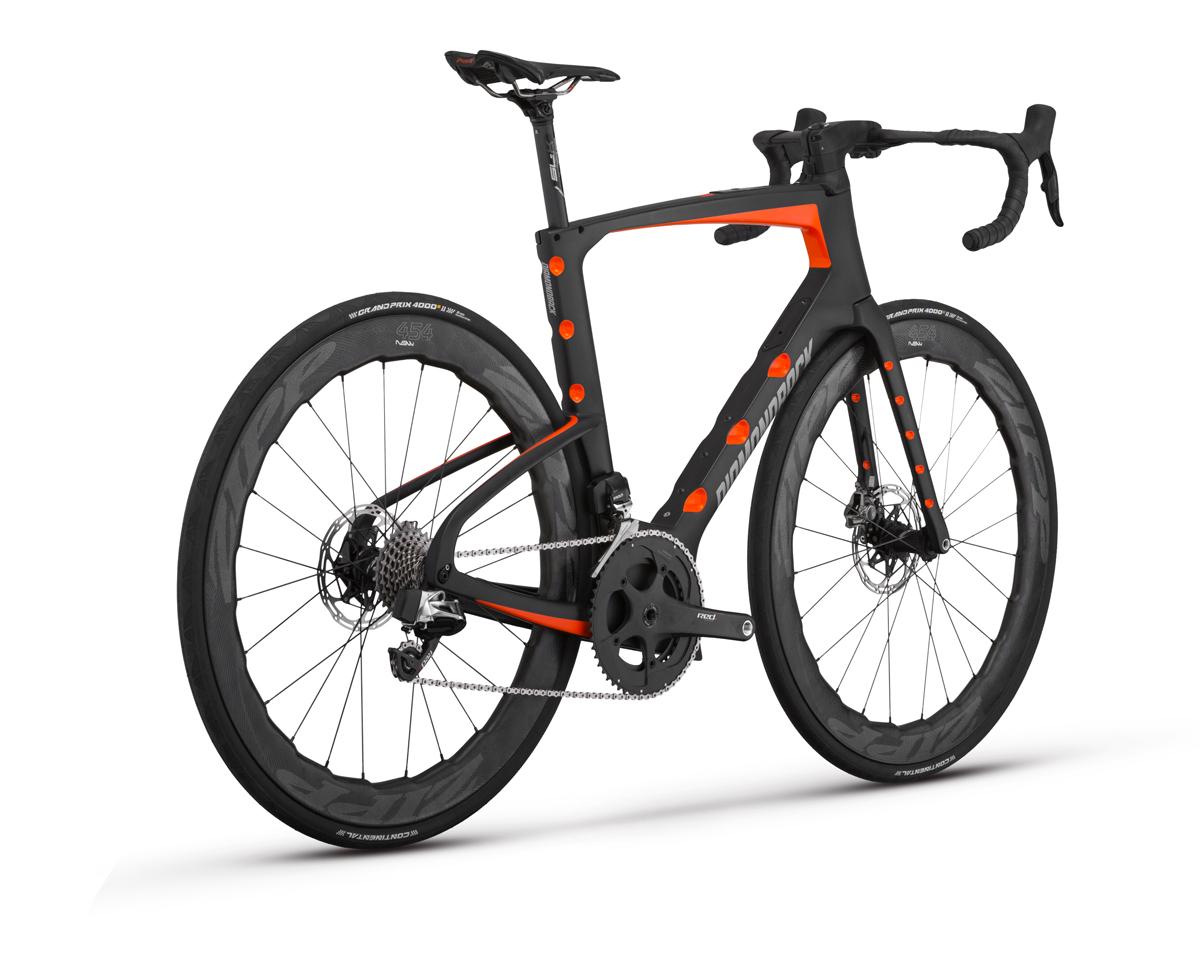
Adding further to the aerodynamics of the “Speed Core” (the area below the top tube), Diamondback settled for ultralow seat stays. They claim that it is the best compromise between no seat stays at all which provides the best vertical compliance but poor lateral stiffness, and high seat stays which limits vertical compliance but offers the best lateral stiffness. The positioning is said to be the best blend of aerodynamics, vertical compliance, and lateral stiffness for a bike of this sort.
Borrowing a bit from the Andean, the IO also includes internal storage in front of the bottom bracket. While keeping the weight low on the bike, it also is said to improve the aerodynamics of the frame. We’re guessing between all the of aero tricks on this bike that it’s not UCI road race legal.
Referring to the aerodynamic zones in two parts, the Speed Core is everything below the top tube, while the cockpit is everything above. To maximize aero efficiency in the cockpit, the frame will include a removable top tube storage unit, and will come stock with a Zipp SL-70 aero handlebar which Diamondback found to be the best blend of aero performance and fit.
The bike also utilizes a completely internal cable routing system to keep the cables out of the wind. To do so, there is a special split ring in the headset that has slots for the cables after they pass through the stem and under the bearing cover. This probably won’t be the easiest bike in the world to work on, but it does look pretty clean. There’s also internal integration for electronic drivetrains, and in spite of all the aero crazinesss, a standard round seat post which means it probably won’t have the issues a lot of aero posts have had in the past.
All together, Diamondback claims from preliminary testing that the IO is 20% more efficient than the Podium, yet only 10% slower than the Serios. Available from 50cm to 60cm frames in 2cm increments, complete bikes start at $3,999.99 with a Force 1x Hydro group, up to the $9,749.99 Dura Ace Di2 build with ENVE SES 5.6 wheels and a SRAM Power Crank. Bikes can also be built up through their online Custom Studio with personalized options.
